Powdery and black
The abundance of color in a small space looks depressing, so we recommend using no more than three colors in the interior.
One of the most fashionable shades today - powdery - may seem "infantile" because it is similar to pink. But complex powdery is successfully used in the design of offices and living rooms, and looks strictly in combination with contrasting black and gold details.
The color is neutral, making it ideal for small rooms.
Gray and silver
The smoky color is a chameleon, moreover, it is combined with most shades. If the room has an abundance of warm colors, then gray will become warm, and vice versa. But in a small area, the more uniformly the surfaces are perceived, the better: for increasing space you can use one color that envelops the entire room. The gray color harmoniously combines with chrome and silver details: they give the atmosphere an airy and nobleness.
To make the space not look artificial, add different textures in decoration and decor.
Emerald plus beige or gold
This noble dark color, contrary to popular theory, makes the room visually larger, rather than obscuring the space.
A rich dark green adds depth to the room and looks great in both the living room and bedroom. Warm beige acts as an excellent companion for emerald green, softening and delicately contrasting against its background.
To make the interior look more expensive, use a splash of gold as an accent. Combined with natural wood, shiny accessories add a touch of luxury to the room.
Graphite and muted red
Graphite is a cross between black and gray, so they make a great tandem. It can also be combined with white, which plays in contrast. But a truly unusual and memorable effect can be obtained by adding elements of scarlet or coral color.
With small shiny details, the interior of a small room will look even more stylish. Such a combination may seem gloomy, but with a competent color distribution (69x30x10, where graphite will take up 30%), the room will look deeper and more interesting.
You need to arrange the colors as follows: darker and more active - in the back of the room, light and neutral - in the foreground.
White plus natural shades
White is neutral and works great for expanding space. A win-win combination that will appeal to connoisseurs eco-style and Scandinavian - woody tones combined with all shades of green.
Cream, milky or ivory will be a great backdrop for natural elements, while browns and beige tones will add coziness to the room and dilute the coldness of white. Bright green plants can serve as accent points: "urban jungle" is a trend that is not losing ground, so do not be afraid to overdo it with foliage.
If plants are not for you, you can highlight one wall with color, or pick up a couple of green chairs and accessories.
Sky blue and warm colors
Cool shades help to enlarge the room's appearance, while soft blue brightens the corners and lends space to lightness. For a small bedroom, this is the perfect color, but also in children'sand it looks attractive in the living room as well.
Soft blue can be easily diluted with warm beige, woody and golden details, as well as add active decor. But it is important not to overload the cramped space with redundant elements, otherwise the situation will look scattered.
If the sun rarely enters the room, a blue tint will make it even dimmer. To add warmth, use pale yellow or peach tones.
Shades of yellow with white or gray
A muted yellow is great for a small room. It adds sunshine and joyful mood to the interior, visually expanding the space. Combines with gray, which softens the activity of yellow, and white, which makes a warm shade brighter.
If a rich color is chosen for decoration, it is recommended to use it on one wall. Green or reddish-brown accessories are suitable as accents for arranging a "sunny" room.
When decorating a small room, you should avoid combinations of "yellow-blue", "red-green", "white-black", "purple-orange". They are appropriate only in spacious rooms.

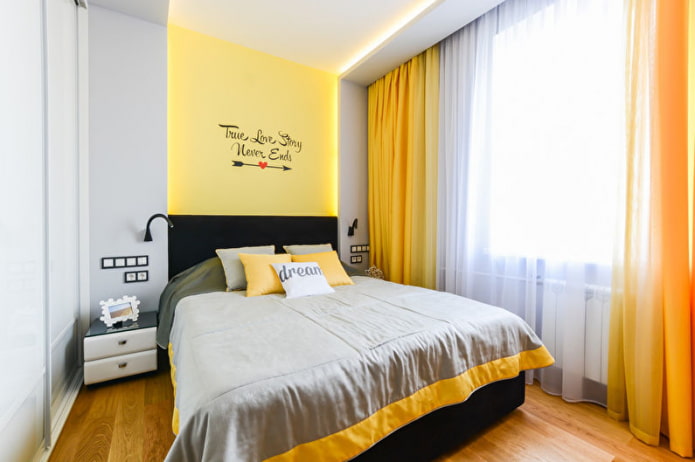
 10 practical tips for arranging a small kitchen in the country
10 practical tips for arranging a small kitchen in the country
 12 simple ideas for a small garden that will make it visually spacious
12 simple ideas for a small garden that will make it visually spacious
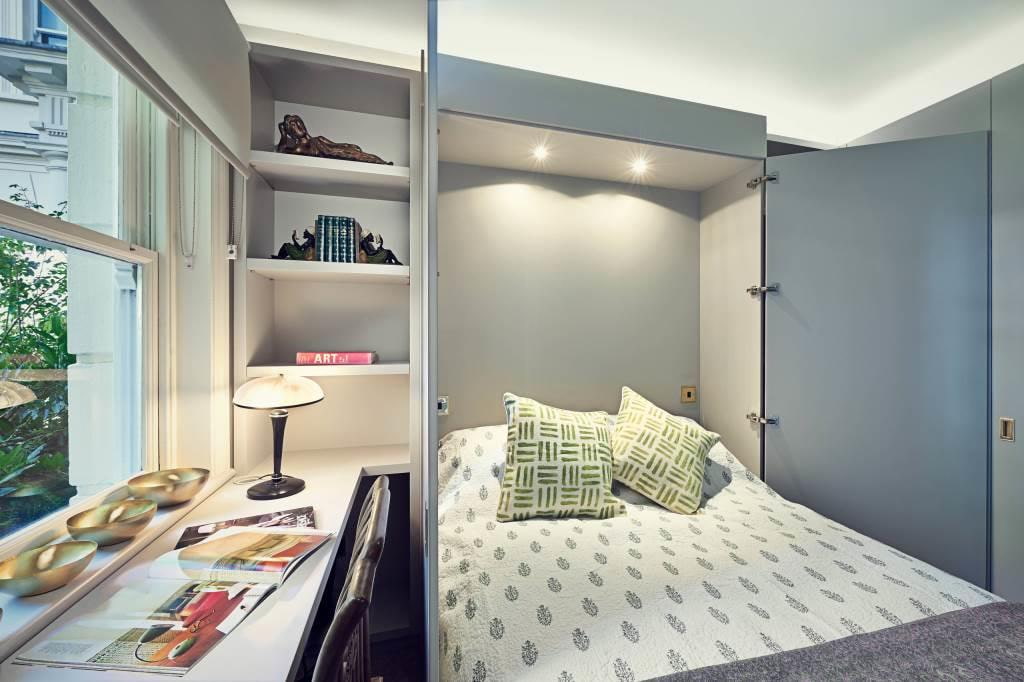


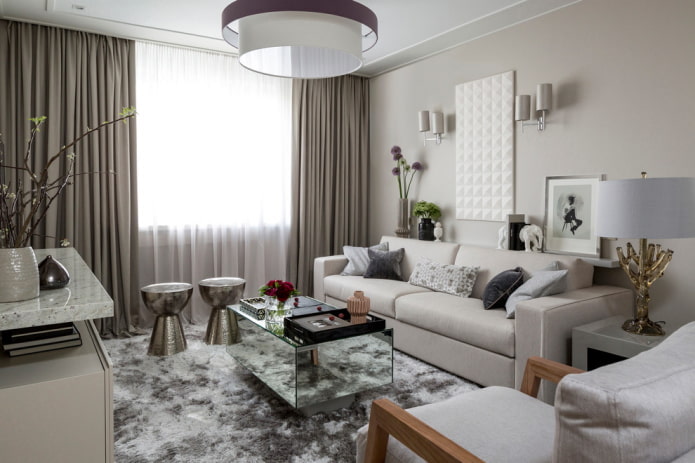
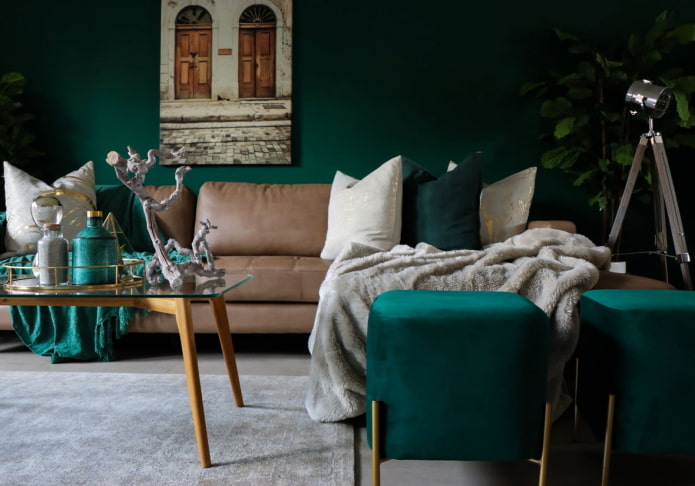
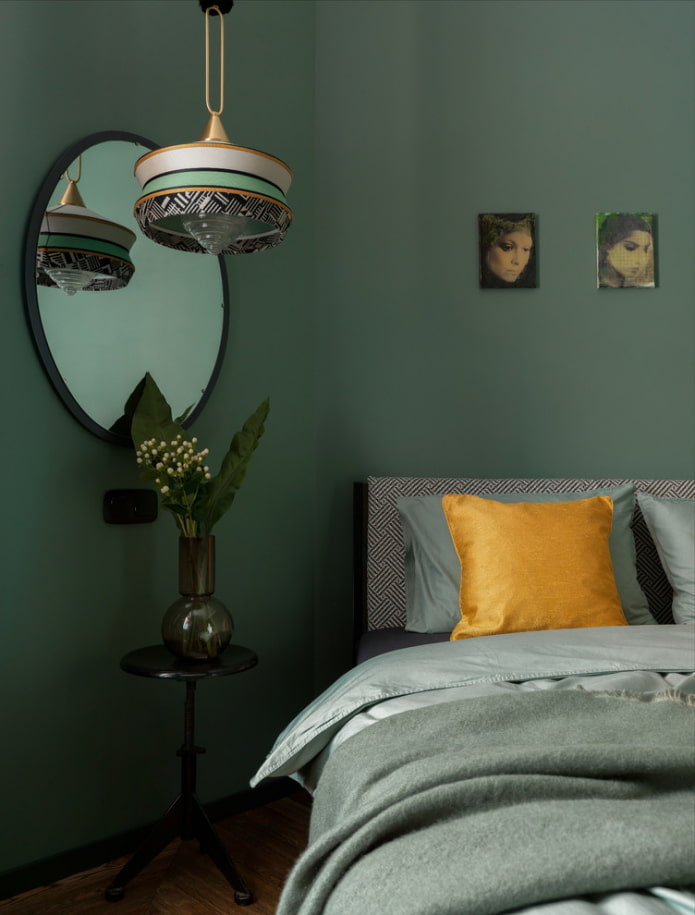
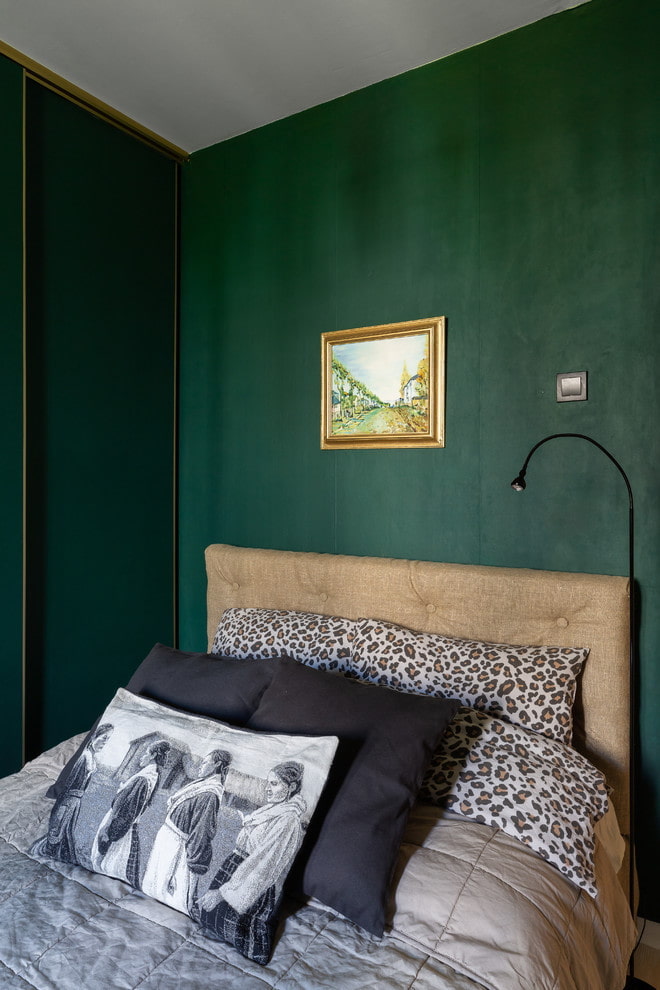
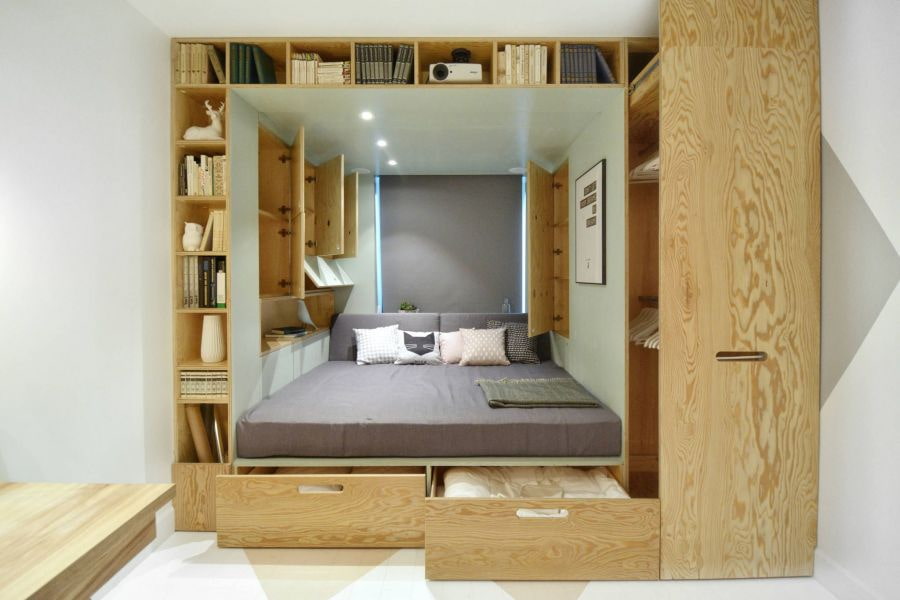
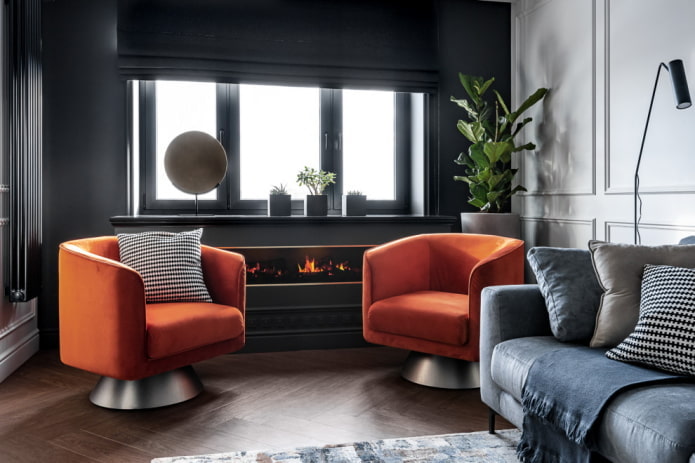

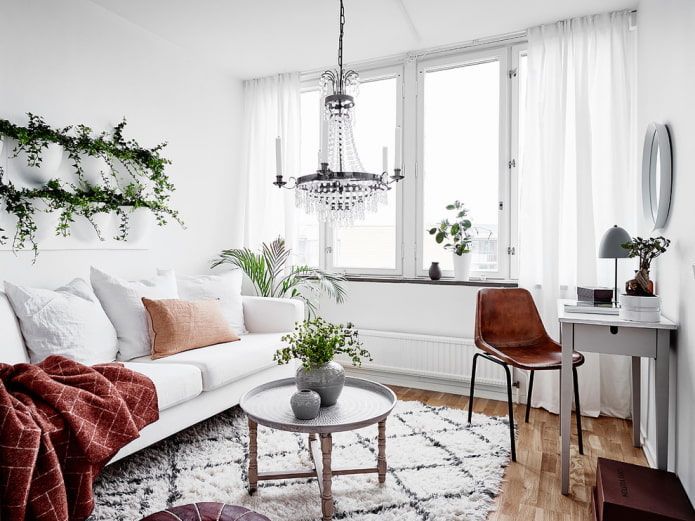



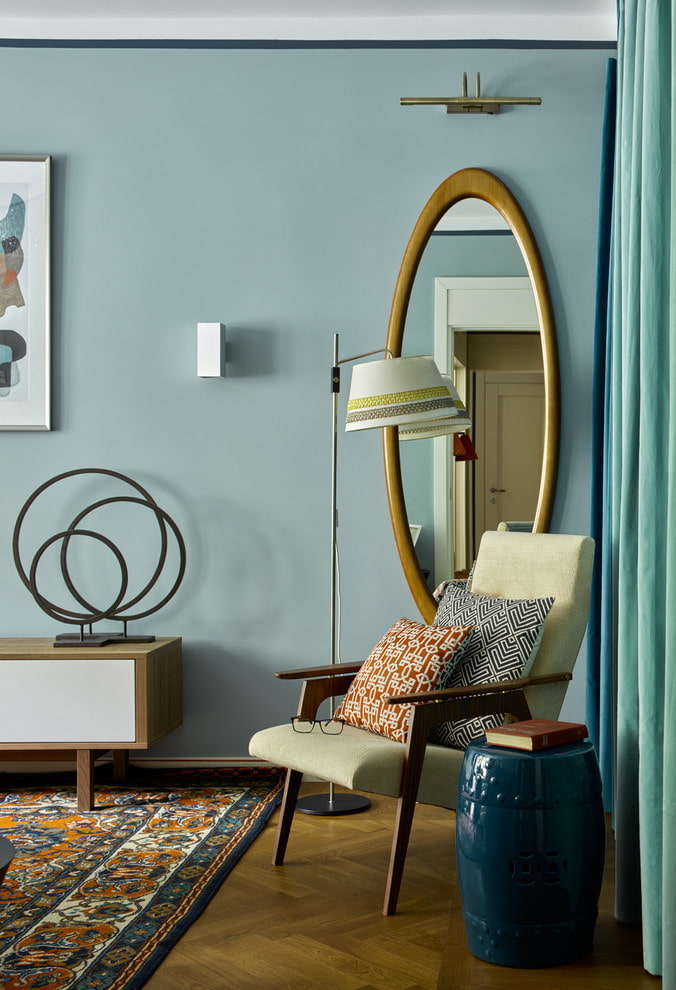

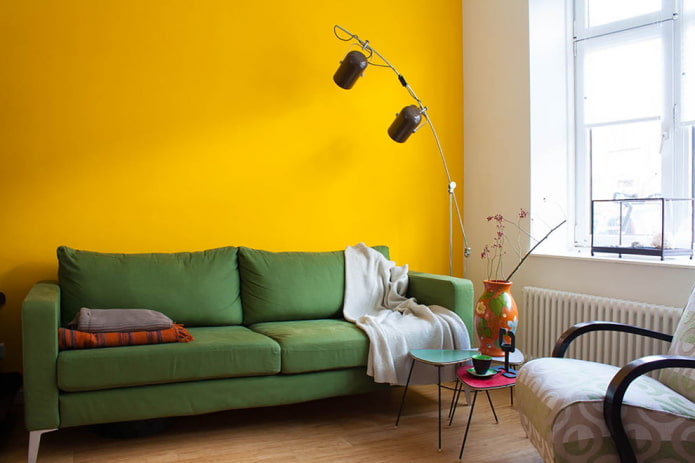
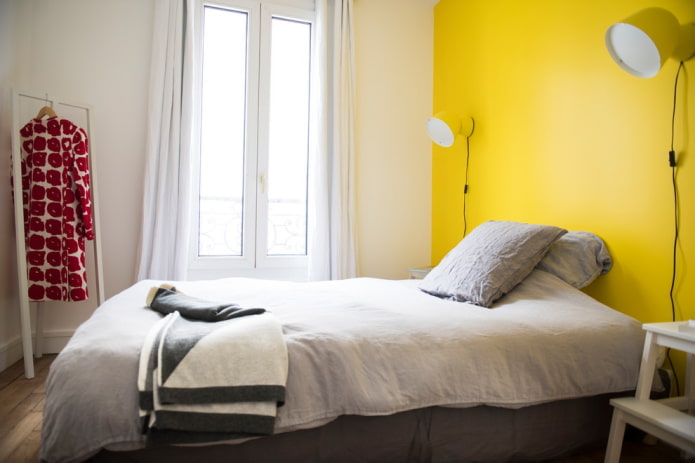

 13 bad habits a good housewife shouldn't have
13 bad habits a good housewife shouldn't have 24/7 home cleanliness - 4 secrets for the perfect housewife
24/7 home cleanliness - 4 secrets for the perfect housewife 6 hotels in Sochi that will give odds to the promoted foreign hotels
6 hotels in Sochi that will give odds to the promoted foreign hotels Top 10 interior design trends 2020
Top 10 interior design trends 2020 Rating of cheap TVs with Smart-TV
Rating of cheap TVs with Smart-TV New Year's LED garlands on AliExpress - we disassemble while it's hot, so that it's bright at home
New Year's LED garlands on AliExpress - we disassemble while it's hot, so that it's bright at home